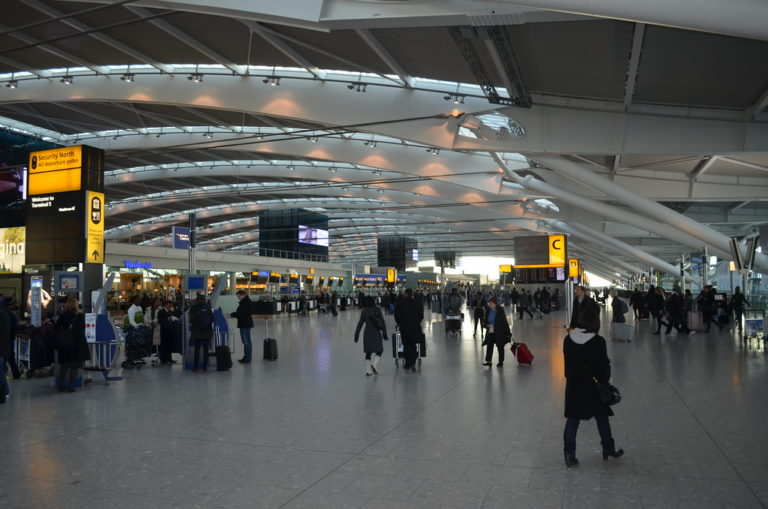Rights to light: make sure you’re not in the dark

No matter how experienced the members of your construction team are, developing a commercial building can take a lot of planning and not all plans are fail-safe.
Certain things can slip through the cracks. Constructing a building that obstructs a neighbouring property’s natural light can lead to large compensation settlements, a halt to construction, or even demolition.
Failing to consider neighbouring buildings’ rights to light could have major implications for your company:
• Large compensation claims
• Reputation damage
• Wasted time and money
• Expensive legal fees.
What is right to light?
In England and Wales, a ‘right to light’ is an easement that gives landowners the right to receive light through defined apertures, such as windows, in buildings on their land. Landowners cannot disrupt their neighbours’ rights to light. For example, they can’t erect a building in a way that blocks the light, without their neighbours’ prior consent.
Right to light applies to all properties that have received natural daylight for more than 20 years. It guarantees landowners their qualifying buildings will continue to receive natural light. If not they will be awarded compensation for their buildings’ loss of light.
In more congested cities, rights to light can save a property from suffering in the shadows of surrounding buildings, helping to retain its value and appearance.
What’s the risk?
If a proposed, partially built or completed property violates neighbours’ rights to light, those neighbours may be able to put a halt to construction or have the building demolished. Outcomes of these disputes are not always clear from the outset. Although most neighbours will have a price for settlement in mind, they are not obliged to negotiate. Claimants can decline a settlement and file an injunction against you instead.
In extreme cases an injunction or court order would prevent the development altogether.
Proposed change to the law
The Law Commission published a consultation paper¹ discussing the suitability of compensation available to claimants and the effects of rights to light on the construction industry.
The Commission aimed to strike a balance between the competing interests of developers and beneficiaries of rights to light.² It proposed changes including:
a set notice period for right to light claims to be made
a statutory test to help the courts to decide the outcome of a claim.
These changes would help to make the process of a claim easier and faster, meaning a much better result for developers.
The Law Commission’s final report and draft Bill are awaiting a response from government. Yet it could be years before any law changes are made.
What can you do?
To avoid the risk of an injunction or damages claim, any potential rights of light issues should be identified at an early stage in the development process.
One of the first steps to consider should be to commission a right of light report from a surveyor.³
Where possible developers should aim to construct buildings that avoid any right to light issues.
Rights to light policies can cover legal costs for claims against your business. They can also cover settlements awarded, or the cost of demolition or rebuild.
For more information about rights to light insurance, contact Lee Gwilliam or Simon Corderoy:
Lee Gwilliam Simon Corderoy
07971 170922 07980 894917
[email protected] [email protected]
¹ assets.publishing.service.gov.uk/government/uploads/system/uploads/attachment_data/file/ 391683/44872_HC_796_Law_Commission_356_WEB.pdf
² shoosmiths.co.uk/client-resources/legal-updates/law-commissions-final-report-rights-to-light-published-9277.aspx
³ bsdr.com/publication/rights-light-developers-beware/Zywave 2013: Construction Risks Insights – Rights to light
Jelf Insurance Brokers Ltd is authorised and regulated by the Financial Conduct Authority (FCA). Not all products and services offered are regulated by the FCA. Registered in England and Wales number 0837227. Registered Office: Hillside Court, Bowling Hill, Chipping Sodbury, BS37 6JX. FP18.472














